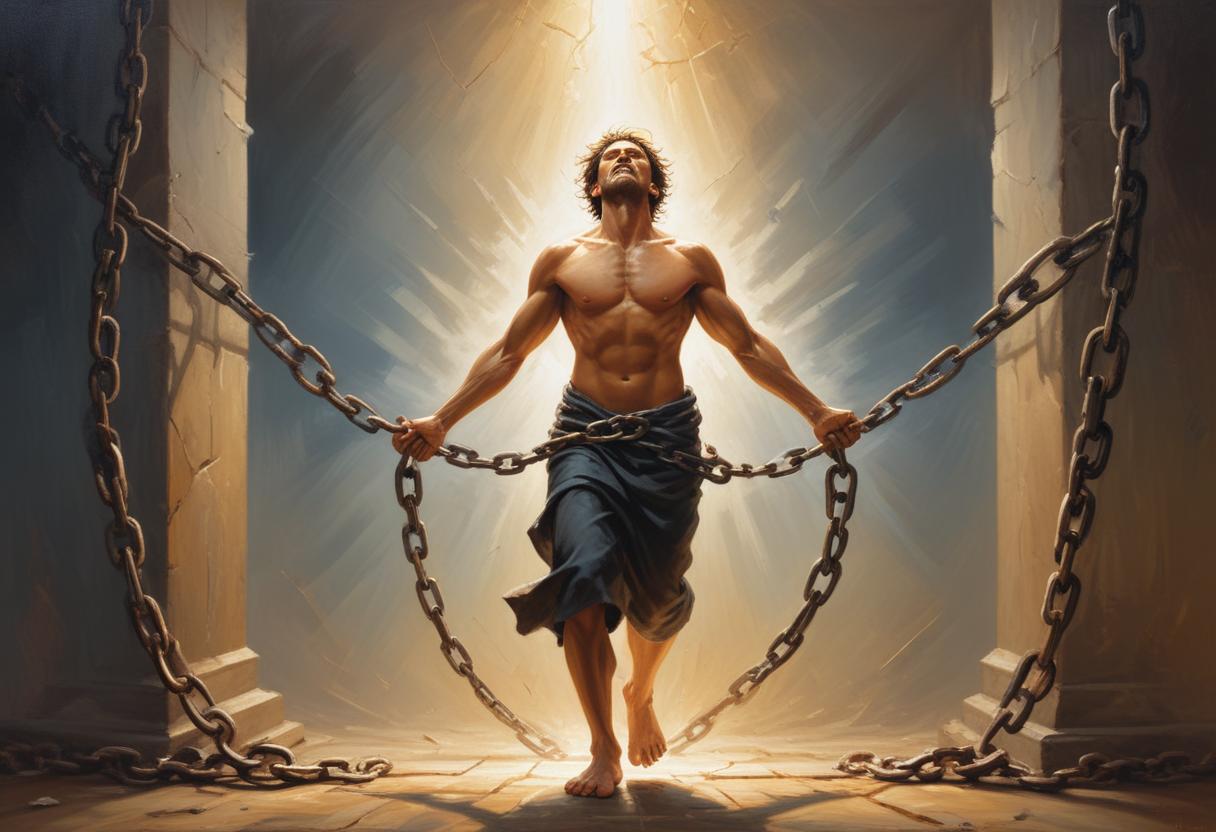
In today’s Dhaarmi Bites, we bring things you may not know about Lord Shiva. These are some unkown facts about Lord Shiva.
Please comment on how many you did not know and how many we should provide more information !!
ये भी पढें
Lord Shiva: Beyond the Popular Mythology: DhaarmiBites
Shiva Purana: All about Shiv Puran A Path to Enlightenment
These lesser-known aspects of Lord Shiva’s family life highlight the diverse relationships and narratives surrounding his divine lineage beyond the more commonly known stories of Ganesha and Kartikeya
- Children Beyond Ganesha and Kartikeya: While Ganesha and Kartikeya are well-known as the sons of Shiva and Parvati, there are other children attributed to Lord Shiva. These include Ashok Sundari, Ayyappan, Andhaka, Manasa (the Snake Goddess), and more
- Ashok Sundari: Ashok Sundari is believed to be the daughter of Shiva and Parvati. Legend has it that Parvati wished for a daughter from the Kalpa tree to alleviate her loneliness, leading to the birth of Ashok Sundari
- Ayyappan: Ayyappan is another child of Lord Shiva, born from the Mohini form of Vishnu and Shiva. Ayyappan played a significant role in ending the reign of Mahishi, who had been granted invulnerability except from the son of Shiva and Vishnu
- Andhaka: Andhaka, born when Parvati playfully covered Shiva’s eyes during meditation, symbolizes darkness. This act led to the birth of Andhaka, who was blind due to being born in darkness
- Manasa – The Snake Goddess: Manasa Devi, also known as Nagini or Vishahara, is considered a daughter of sages Kashyapa and Kadru and sister of Vasuki. She was rejected by her father Shiva and husband Jagat in Hindu mythology
- Jalandhar: Jalandhar, known as the king of Asuras, was born from the anger that emanated from Shiva’s third eye. He was a powerful ruler who led the Asuras in defeating the Devas
While many are familiar with some aspects of Shiva’s mythology and symbolism, there are lesser-known facts that shed light on the depth and intricacies of this divine figure
The Auspicious Name of Shiva
- The very name “Shiva” holds profound significance. In Sanskrit, “Shi” signifies auspiciousness, purity, tranquility, and good fortune. Shiva embodies these qualities and bestows them upon his devotees, invoking blessings, warding off evil, and purifying surroundings
2. Shiva as a Purifier
- Contrary to common misconceptions, Shiva is not a god of darkness (Tamas) but a purifier associated with purity and auspiciousness. He is revered for his role in cleansing and sanctifying, symbolizing the transformative power of divine grace
3. Unique Attributes of Shiva
- Lord Shiva stands out with distinctive characteristics. He is the only deity in Hindu mythology depicted with a third eye, symbolizing wisdom and insight. His wrath is unparalleled, as seen in instances where he severed the heads of other gods in moments of anger, only to later restore them
4. Shiva’s Non-Incarnate Nature
- Unlike many Hindu gods who incarnate in various forms, Shiva does not have traditional incarnations. Instead, he manifests in different aspects and emanations, showcasing his omnipresence and foreknowledge of past, present, and future events
5. The Fivefold Functions of Shiva
- Lord Shiva, as part of the Hindu Trinity, is commonly known as the destroyer. However, in Saivism, he is revered for performing five essential functions in creation: Creation, Preservation, Destruction, Concealment, and Revelation. These five aspects highlight the multifaceted nature of Shiva’s role in the cosmic order
6. Shiva’s Association with the Panchayatana Ritual
- In the Panchayatana ritual of the Smarta tradition, prevalent in many Hindu temples, Lord Shiva holds a significant place. This ritual involves the worship of five deities, including Shiva, emphasizing the diverse and inclusive nature of Hindu religious practices
ये विडियो भी देखें
Video: शिव महापुराण कथा पूज्य पुष्पनंदन जी महाराज | दिन 4
Video: शिव महापुराण | श्री पुष्पानंदन जी महाराज | भगवान शिव
Video Sawan 2024: भगवान शिव के 5 मंत्र: एकाग्रता और स्थिरता की कुंजी
7. Shiva’s Control Over Death and Fear
- Shiva is often depicted with a snake named Vasuki coiled around his neck, symbolizing his dominion over death and fear. This representation underscores Shiva’s role as a powerful and transcendent deity in Hindu cosmology
8. Shiva’s Unique Form as Shivling
- The Shivling, a unique depiction of Lord Shiva, signifies his formless nature and eternal existence. It symbolizes the origin and destination of the cosmos, embodying the cyclical nature of creation and dissolution
9. Shiva’s Punishment of One Crore Gods
- According to Hindu mythology, Lord Shiva once punished one crore gods and goddesses for failing to wake up before sunrise. This mythological tale showcases Shiva’s authority and the consequences of defying divine commands


